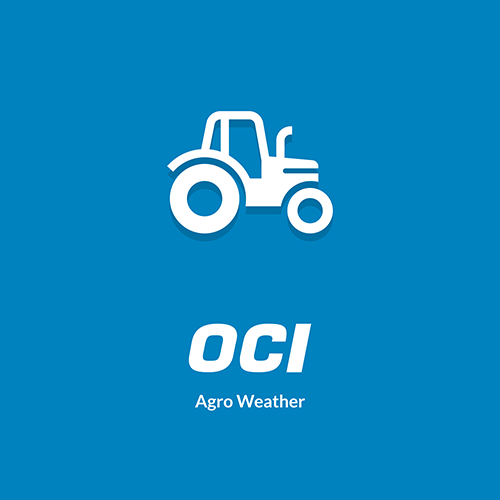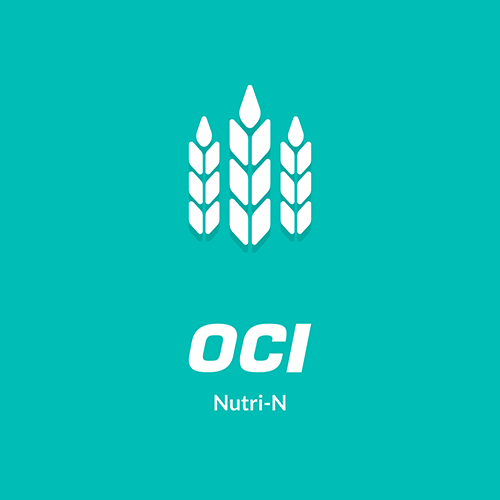Types of granular fertilisers
There are many different types of granular fertilisers on the market, each with specific properties. These properties have a major impact on flow and spreading pattern.
Granular fertilisers can be divided into the following types:
- Granules
- Mineral
- Prills
- Crystalline
- Blends
Granules


Granular fertilisers are further divided into smooth and coarse granules. Smooth granules are usually coated.
Smooth granules have a round shape without angular shapes or sharp edges. The surface of the granules is quite smooth.
Rough granules have round granules that can sometimes be angular. The granules have no sharp edges and the surface of the granule is rough.
An example of a granulate is calcium ammonium nitrate (CAN). It is available in smooth (coated) and rough versions. Nutramon CAN is a coated granulate. This fertiliser has a bulk weight of about 1,040 kg/m3 and an average granule diameter of 3.6 mm. In fraction distribution, no more than 1% of granules should be smaller than 2.00 mm and at least 90% of granules should be between 2.00 and 4.75 mm. Urea is another common fertiliser available in granular form.
Granular Urea 46N from OCI Agro has a density of 750 kg/m3. The fractionation of this fertiliser should be 90% granules between 2.0 and 4.5 mm.
Mineral

The granules of this fertiliser have an angular shape with sharp points and edges, as shown in Figure 10. The surface of the granules is very rough. An example of a mineral is kali-60.
The density of this fertiliser ranges between 1.08 and 1.12 kg/m3. Fertiliser fractionation varies widely from manufacturer to manufacturer.
Prills
The granules in prills are perfectly round. The surface of the granules is very smooth.

The granules are hollow and sometimes have a hole on the surface. Prills dissolve well in water, but this makes them sensitive to (air) humidity. In damp conditions, there is a high risk of clod formation. An example of a prilled fertiliser is Urea (however, it is also available non-prilled).
The density of this fertiliser is about 750 kg/m3. Fractionation varies widely from manufacturer to manufacturer.
Crystalline

The granules are often slightly elongated and have a cylindrical shape, as shown in Figure ##. The granules have a rounded shape and a smooth surface. The granules are hollow and in some cases have a hole on the surface. Ammonium sulphate is a fertiliser widely available in crystalline form. An example of this fertiliser is AS-Crystal from OCI. This fertiliser has an average granule diameter of 1.1 mm and a density of 1,040 kg/m3. The fractionation is a maximum of 10% smaller than 0.5 mm and a maximum of 10% larger than 2.0 mm.
Blends
These are a mixture of different fertiliser granules. The granules can be distinguished from each other based on the above properties. Examples include NPK fertilisers.
Sources:
Kverneland Group, 2014.
Vicon


